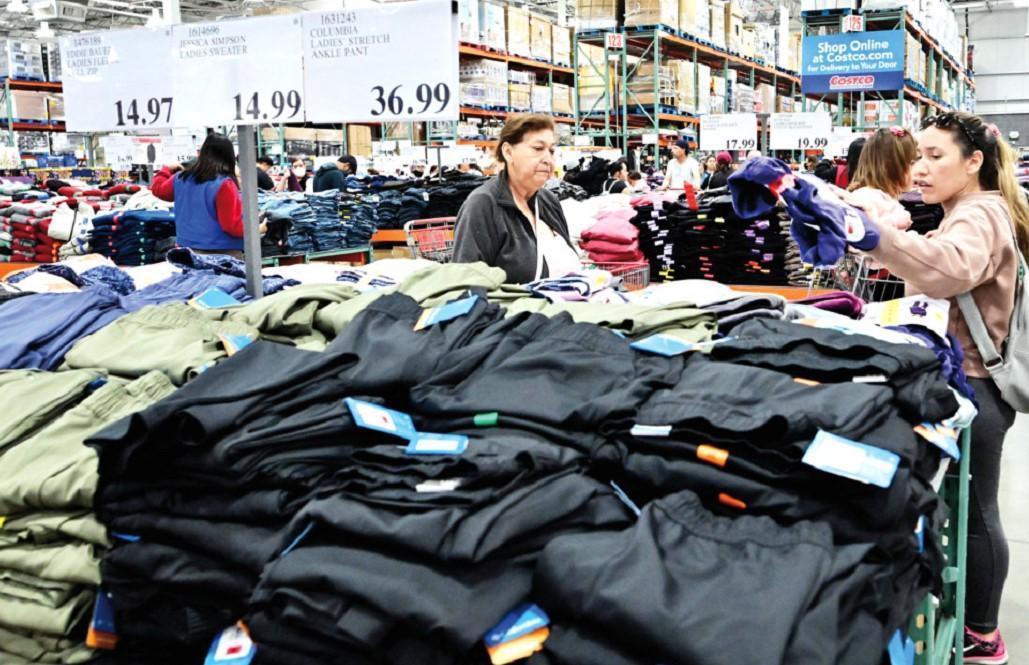
The Black Friday kickoff of the holiday shopping season is expected to bring especially deep discounts in 2022, but one challenge will be finding consumers confident enough to spend.
Grinding inflation in the world’s biggest economy in recent months has cast uncertainty over this year’s festive season, which kicks off the day after the Thanksgiving holiday.
A year ago, retailers faced product shortfalls in the wake of shipping backlogs and COVID-19-related factory closures.
To avert a repeat, the industry front-loaded its holiday imports this year, leaving it vulnerable to oversupply at a time when consumers are cutting back.
“Supply shortages was yesterday’s problem,” said Neil Saunders, managing director for GlobalData Retail, a consultancy.
“Today’s problem is having too much stuff.”
Saunders said retailers have made progress in recent months in reducing excess inventories but that oversupply created banner conditions for bargain-hunters in many categories, including electronics, home improvement and apparel.
Juameelah Henderson always checks for sales, “but more so now,” she said while exiting an Old Navy store in New York with four bags of items.
The clothing chain’s prices were “pretty good,” she said. “If it’s not on sale, I really don’t need it.”
Higher costs for gasoline and household staples like meat and cereal are an economy-wide issue, but do not burden everyone equally.
“The lower incomes are definitely hit worst by the higher inflation,” said Claire Li, a senior analyst at Moody’s. “People have to spend on the essential items.”
Leading forecasts from Deloitte and the National Retail Federation project a single-digit percentage increase, but it likely won’t exceed the inflation rate.
The consumer price index has been up about eight percent on an annual basis, which means that a similar size increase in holiday sales would equate with lower volumes.
U.S. shoppers have remained resilient throughout the myriad stages of the Covid-19 pandemic, often spending more than expected, even when consumer sentiment surveys suggest they are in a gloomy mood.
Part of the reason has been the unusually robust state of savings, with many households banking government pandemic aid payments at a time of reduced consumption due to COVID-19 restrictions.
But that cushion is starting to whittle away. After hitting $2.5 trillion in excess savings in mid-2021, the benchmark fell to $1.7 trillion in the second quarter, according to Moody’s.
Consumers with incomes below $35,000 were affected the most, with their excess savings falling nearly 39 percent between the fourth quarter of 2021 and mid-2022, according to Moody’s.